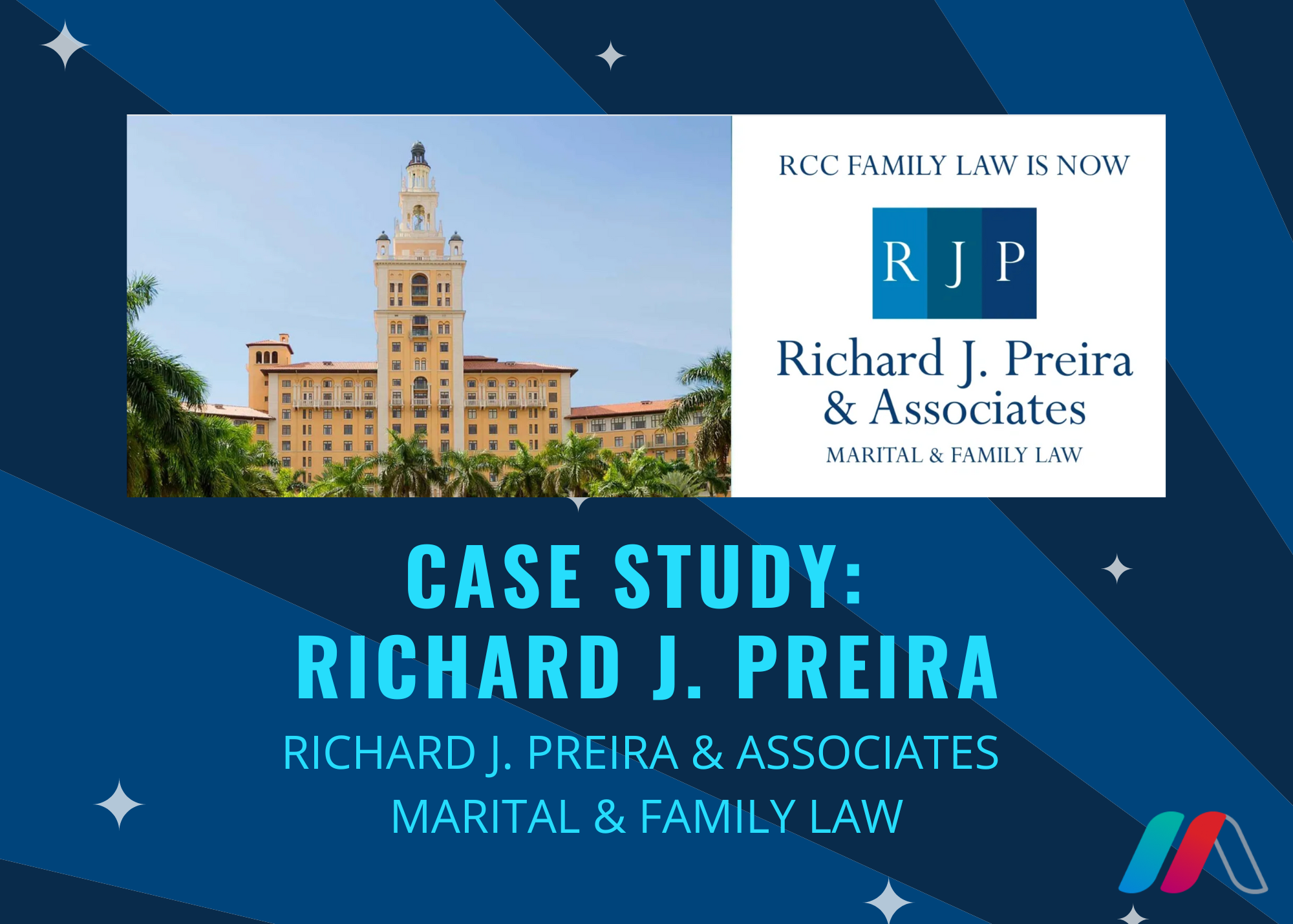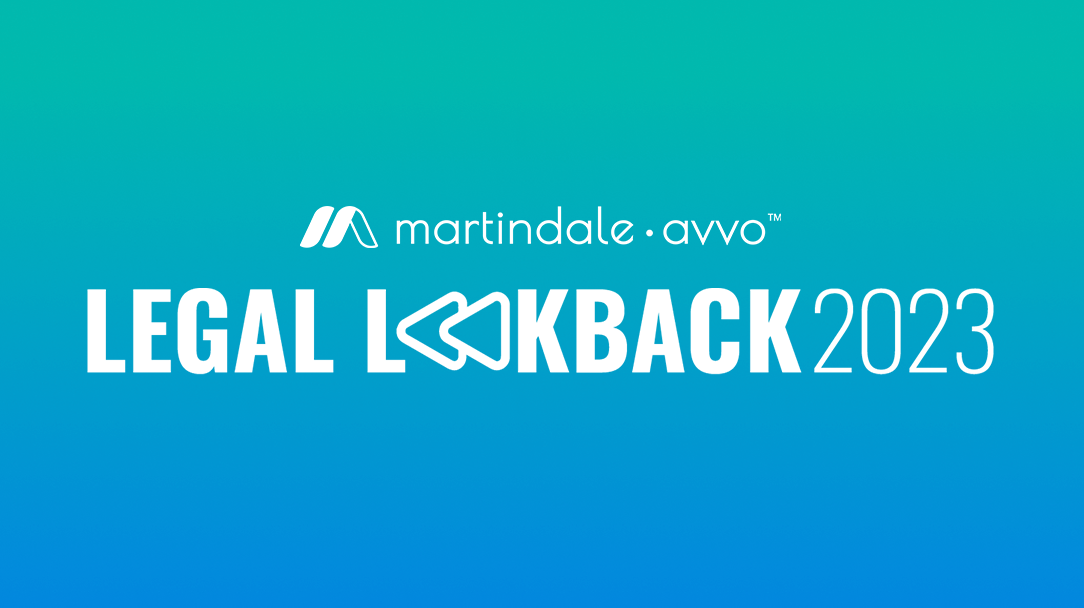How Consumers Find & Select an Attorney

There are two big misconceptions about how consumers seek an attorney to hire:
- They select a referral without additional research.
- They choose an attorney after just a single Google search like “auto accident attorneys near me.”
Attorneys that look for new clients and fall into the trap of these misconceptions may miss out on additional growth. Or, certainly growth at a lower marketing cost for their firm.
Getting legal help through a qualified attorney is a multi-step process for a consumer where more than one attorney is usually considered. But fortunately, it’s somewhat predictable. We’re here to walk you through our research based on consumer conversations and quantitative survey data that can improve the chances of gaining new clients.
Despite referrals being part of an attorney’s new client sourcing, nearly half of consumers looking to hire do not rely on a referral. But even if you rely on referrals alone, you may be surprised how knowing the consumer’s process can bring better clients more efficiently.
Consumers look for an attorney using three primary steps:
- They search nearby using a search engine
- They quickly screen findings from their online search to create a shortlist
- They further evaluate and decide using rational criteria
Search Nearby
Naturally, the first resource used when searching for an attorney is a search engine (26.9%) but this barely edges out the use of online reviews and directories (26.5%). And, those online reviews and directories are the most commonly used 2nd source in the process.
Tip #1: Be sure to have a strong profile on a reputable directory for attorneys. These are destinations where consumers consistently go to research and evaluate.
But, what exactly is the consumer doing? Of those we spoke to about search habits, 70% use location and practice area almost always. Expressions like “DUI attorneys near me”, “criminal defense attorneys in Seattle” and “Immigration attorneys in my area” top the list.
What they do next revolves around their search intent. And that intent is to find attorneys near them – typically in a radius of only a few miles but it varies by individual preference and availability of attorneys. Google maps are commonly used as “a visual representation of what’s near” you, according to one user. This combined with actual map listings are quickly scanned for attorney consideration. The keyword here is scanned. This is NOT where the decision is made.
Screen for Trust
Nearly simultaneous with searching nearby, the consumer is evaluating, processing, and creating a short list of 3-5 attorneys.
“I would probably narrow [it] to the top 3.”
“I would probably repeat this process for maybe up to about 5 attorneys.”
But, this is not a deep study, it’s merely to create a workable list by filtering according to their initial criteria. Consistently consumers in research panels state they screen on two criteria at this stage – the number of reviews and the rating itself. Nearly 9 out of 10 consumers put reviews and ratings as important in their final decision. While it’s not critical to have a rating of 5 out of 5, most find a rating below 4 unacceptable. And what about negative reviews? They’re ok if relatively few because they add authenticity in the eyes of the consumer.
What’s more insightful is that consumers want volume. It adds consistency at scale and as an attorney, you should strive to have fresh reviews and plenty of them. Consumers favor attorneys with 20 to 50 reviews. With this type of quantity and a solid rating, you’re more likely to pass the culling process done in the screening for trust and shortlist creation.
Tip #2: Build 20+ reviews with an average rating of at least 4 out of 5 in a variety of places – Google reviews, your website, and legal directories.
Evaluate the Shortlist
It’s the next step in the process that could be the most critical. It may also be the stage not well considered by attorneys in their marketing efforts, especially when over-concentrating on practice-area-focused SEO rankings. This is the stage where decisions start to occur – specifically which attorneys to look at further and where to get this information.
And it starts with one key additional search – a search of the attorney’s name from that shortlist created, such as “John Doe attorney.” Based on these results, the consumer will usually go to one or more of three destinations – the attorney’s website, a legal directory, or a bar association website.
Tip #3: Run a Google search of your name + “attorney” or “lawyer.” Besides your own website, look at what other sites rank high, such as directories and social media destinations. Consider increasing the content on these sites and optimizing them, possibly with enhanced profile packages in the case of a directory.
The site they visit is determined by preference and ranking on the search page. Legal directories have a particular advantage because 64% of consumers seeking legal help turn to online content such as articles, guides, and videos. Look for places where consumers can ask questions and attorneys can provide some level of initial advice. For many attorneys, these are well-utilized methods for gaining new clients.
But, what is often missed is that consumers could be staring at your legal directory listing in Google search results while never clicking on that destination. But, they’re processing – the rating, the reviews shown, even the snippet that shows in results. This is why it’s critical that you appear in multiple places for your name search, not just your own website.
Decide by Criteria
Just as the search process is fairly certain for many looking for an attorney, so are the methods for making a final decision. It’s rational and validated by research in speaking to consumers and through survey data. In fact, it’s striking how similar responses from these two research sources are. It breaks down into 3 parts:
- Pre-contact criteria
- Contact preferences
- Hiring factors
Pre-contact criteria
Recall that a prospective legal client’s initial culling process involved an investigation of specific items. When surveying what information consumers wanted before making contact, the data lined up with qualitative feedback. They want to see reviews (45%), and location (37%) within the practice area of need and geographic location. One additional “pre-contact” piece of information sought out is years of experience (46%) which is more commonly found by studying those sites after the shortlist is developed.
Contact preferences
When consumers need help, they want to make contact and want a quick reply. 46% want to make contact by phone and 40% by email but a growing trend is the use of online scheduling tools (20%). Given this trend, you should consider not only such a method on your website but on a directory service that offers an easy way to set an appointment without the back-and-forth hassle.
Tip #4: Make sure you not only have a phone and email on your website, but make sure these along with a scheduling tool appear your legal directory profile sites.
Hiring factors
Final hiring factors that play into the decision, beyond what’s been covered, are both soft factors and hard factors. Naturally cost is always a consideration. 42% of consumers surveyed say it’s one of the three most important items they look at. But, responsiveness is mentioned even more (48%). Other stated criteria include personality fit and initial impression. While these are often conveyed during a call or initial consultation, a well-crafted online profile can go a long way when a consumer is reviewing you against others. And they do. Half of those asked will contact 2-4 attorneys before the final decision. Depending on the practice area of interest, the decision is made rather quickly. 55% do so within two weeks and nearly 1 out of 4 do it in three days or less.
Tip #5: Invest time in developing a bio about yourself and headshot. Prospective clients want someone that fits their need, someone they are comfortable with and can work with. Try to convey this before they even pick up the phone.
Tying it all together
If you’re in the business of law, you’re in the business of meeting consumers where they look for legal help. And that’s online. Gaining their interest means presenting yourself throughout the journey but most importantly, it means putting forth a solid presentation of your brand, capabilities and experience. When it comes to their search behaviors, this doesn’t just mean your website but could in fact mean other places they’re known to research attorneys before making that final decision. Build up those destinations so they choose you and not others.









